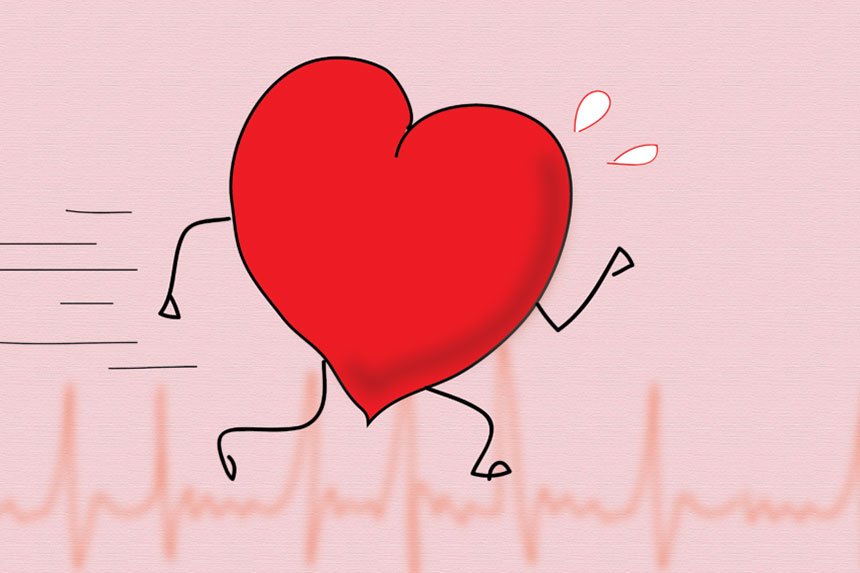Fatigue

A profound sense of tiredness or weakness, known as fatigue, is another hallmark of hypoxia. Unlike regular tiredness that follows exertion, this fatigue is pervasive and doesn’t improve with rest. It arises because, with less oxygen available, the body’s cells cannot produce energy efficiently. Muscles and organs have to work harder to perform basic functions, leading to an overall feeling of exhaustion. This type of fatigue can significantly impact an individual’s quality of life, making even simple tasks seem daunting.
On a cellular level, the fatigue associated with hypoxia is due to inadequate ATP (adenosine triphosphate) production. ATP serves as the energy currency in cells, and its synthesis is heavily dependent on oxygen. With hypoxia, the electron transport chain in mitochondria is less efficient, resulting in less ATP. Consequently, the body cannot sustain normal activities, leading to the pervasive fatigue that characterizes this condition. Understanding this mechanism can help explain why those suffering from hypoxia often feel an overwhelming tiredness, despite adequate rest. [6]
Rapid Heart Rate

An increase in heart rate, or tachycardia, is a common response to hypoxia. The heart pumps faster in an effort to deliver more oxygenated blood to the tissues. This compensatory mechanism reflects the body’s attempt to maintain oxygen delivery despite the reduced availability. However, a persistently high heart rate can be taxing on the heart and is a clear sign that the body is under stress from insufficient oxygen levels.
The reason behind the rapid heart rate in hypoxia lies in the body’s sympathetic nervous system activation. This part of the nervous system responds to stress by releasing adrenaline, which increases heart rate. It’s a natural response to emergency situations, including oxygen deprivation. The increased heart rate, while helpful in the short term, underscores the urgency of addressing the underlying cause of hypoxia to prevent further strain on the heart and other organs.





